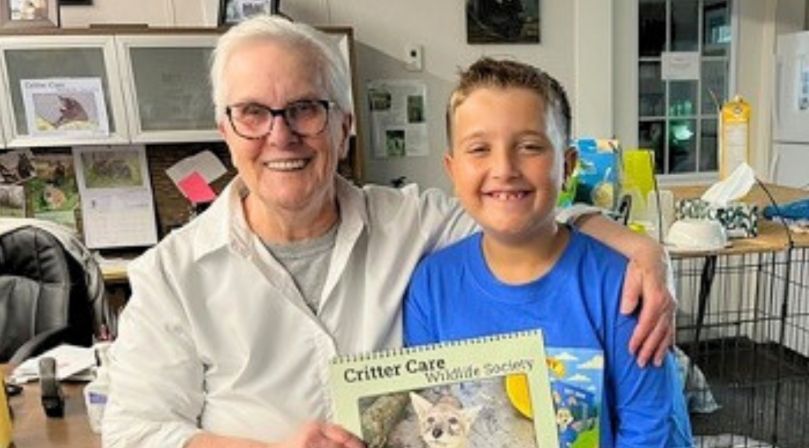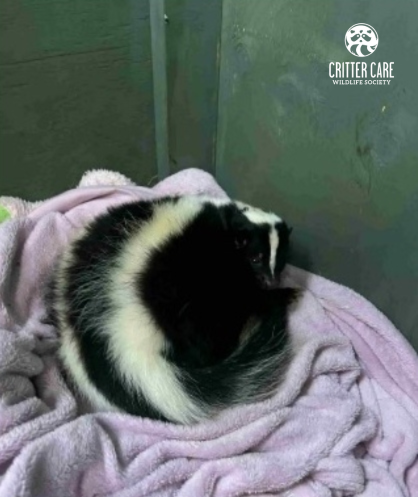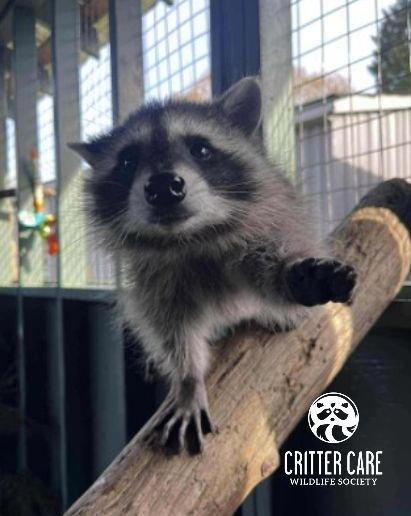Bear Update: Waking Up from Winter
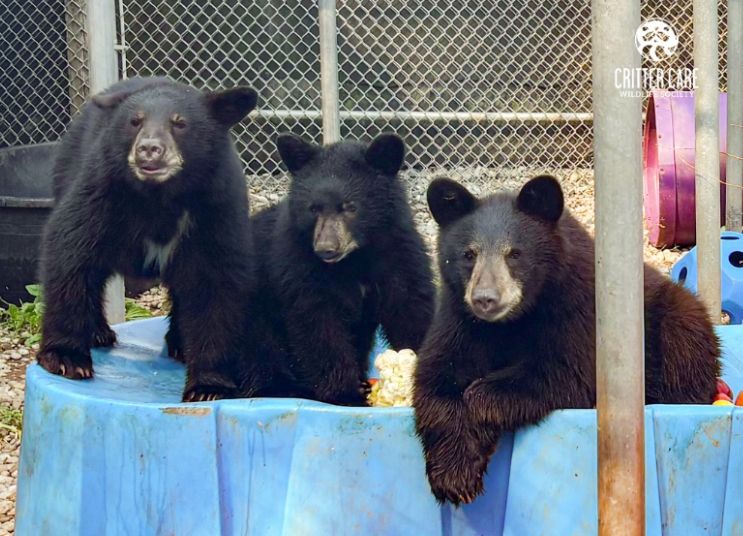
Understanding Torpor: Nature’s Winter Survival Strategy
As the winter snow finally melts away, our bears have begun to wake from their winter dormancy period. Unlike true hibernation, black bears enter a state called "torpor." Torpor is a period of deep lethargy where their metabolic rate, heart rate, and breathing rate slow down significantly. This natural adaptation helps them conserve energy and survive the cold months when food is scarce.
In the wild, bears make their winter dens in hollow trees, logs, or beneath tree roots and rocks, carefully insulating these spaces with branches and twigs. Some bears may stay in this restful state for up to six months, depending on the severity of the winter.
Gradual Reawakening: The Transition to Spring
When our bears begin to emerge from torpor, they are slow and groggy. After weeks of reduced activity, they take time to fully wake up. To ensure a smooth transition, we start them off with light, easily digestible foods like leafy greens. This cautious approach protects their sensitive stomachs after a long period without eating.
Over the following weeks, we gradually increase the variety and amount of food, closely mimicking what they would experience in the wild. This approach protects their health and helps them transition naturally.
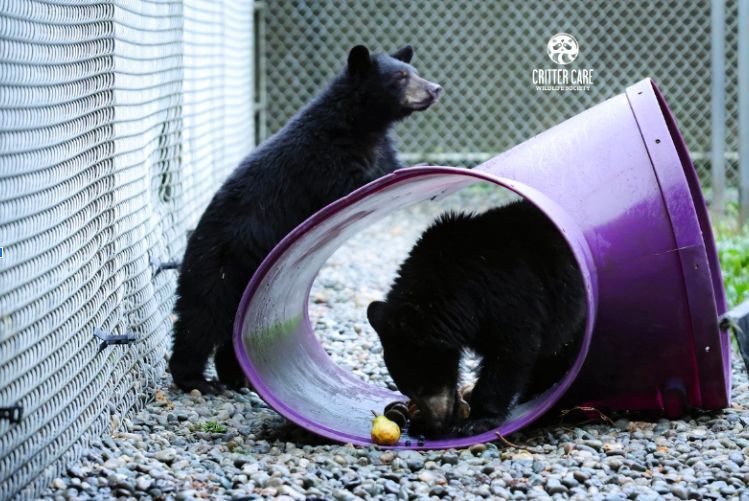
Understanding Fur Loss During Torpor
One thing you may notice is that some of our bears experience fur loss during torpor. This occurs because they sleep close together in groups. The friction of them shifting around in their shared sleeping areas can cause some fur to fall out. The shedding is a normal process, and their thick, healthy coats will quickly regrow within weeks.
Skin-to-skin contact provides better warmth than fur-to-fur contact, making this group sleeping arrangement an efficient way for them to stay warm during the cold months.
Enrichment and Preparation for Spring
While the bears are in torpor, our team uses this time to brainstorm new enrichment activities and make improvements to their enclosures. Recently, our bears received a generous donation of fresh tree branches, which they have eagerly turned into toys, snacks, and bedding. Watching them explore these natural elements is a joy for our team.
We are excited to see them become more active as the weather warms, and we will continue to provide them with opportunities to play, forage, and grow strong in preparation for their future release back into the wild.
Stay tuned for more updates on our bears and their journey.
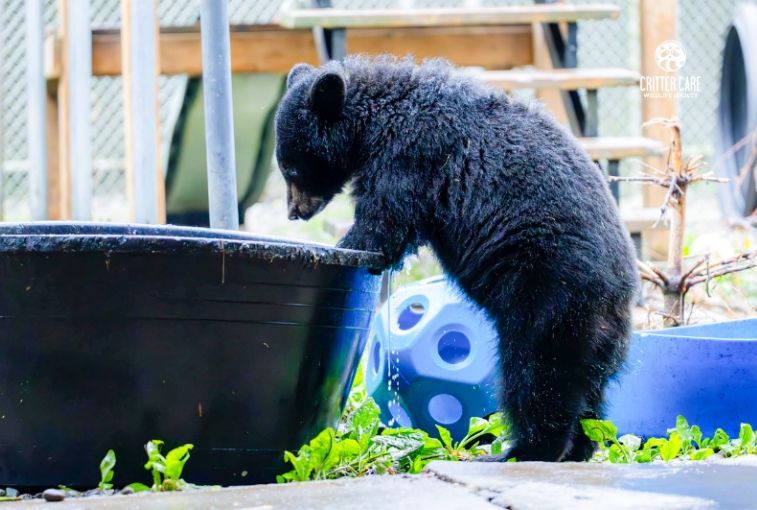
Critter Care Wildlife Society News
Sign up to get inspiring stories of rescue,
rehabilitation and release from Critter Care
Be the first to receive our newsletter, new blog posts, and updates
about our most critical needs and community news.

